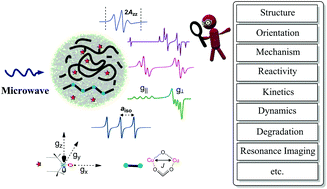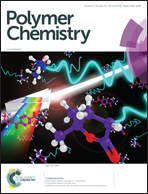Recent progress in the electron paramagnetic resonance study of polymers
Abstract
This review article provides an overview of the contemporary research based on a tailor-made technique to understand the paramagnetic behavior of different polymer classes. The ubiquity of free radicals, including biradicals, triplet states, and point defects in polymer systems, has made EPR spectroscopy an indispensable tool in polymer science among other mainstream analytical techniques. The scope of EPR spectroscopy has broadened particularly due to the growing impulse to produce polymers with enhanced stability, to follow the charge transfer process in conducting polymers, to decipher the complex nanoscale dynamics of polymers, to fathom out the reaction mechanisms and kinetics of complex polymer reactions in a more facile way, and to carry out comprehensive structural and conformational analyses. Recent studies have hinted at the effectiveness of EPR spectroscopy in collecting data with sub-nanometer spatial resolution to decipher intrinsic intricacies, while keeping the pristine geometry unperturbed, a task yet not achievable with other conventional techniques. EPR spectroscopy is being applied in polymer science in multifarious ways, including, but not limited to, exploring the structure, conformation, and dynamics of polymer chain segments, degradation or defect studies, charge transfer properties, kinetics and reaction mechanisms especially of free radical polymerization reactions, and EPR imaging of the polymer matrix. A recent surge in its applications indicates that EPR spectroscopy is going to make a profound impact in the field of polymer science in upcoming years.



 Please wait while we load your content...
Please wait while we load your content...